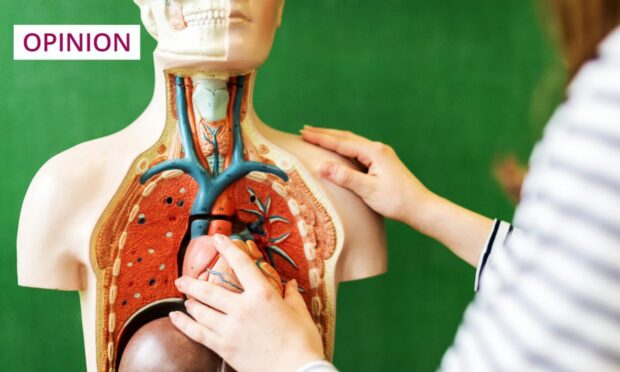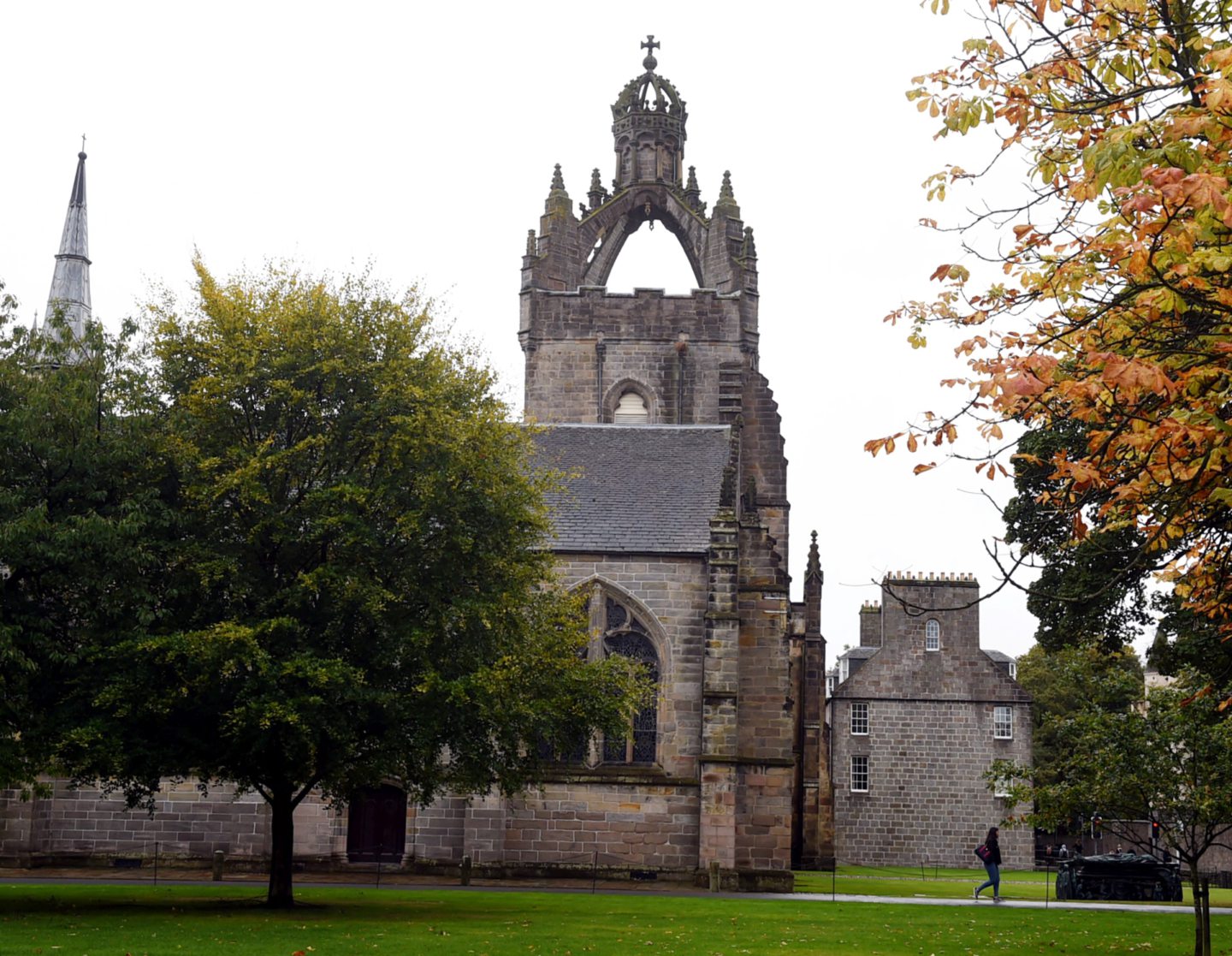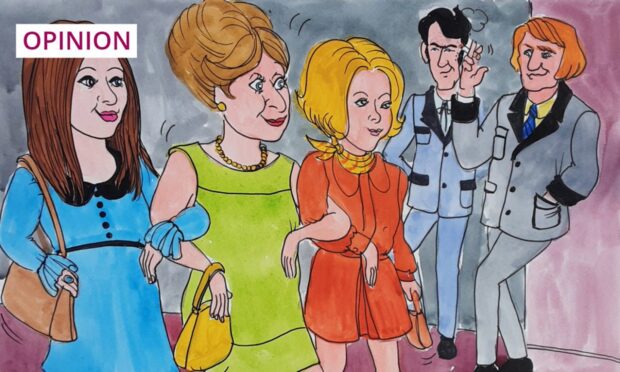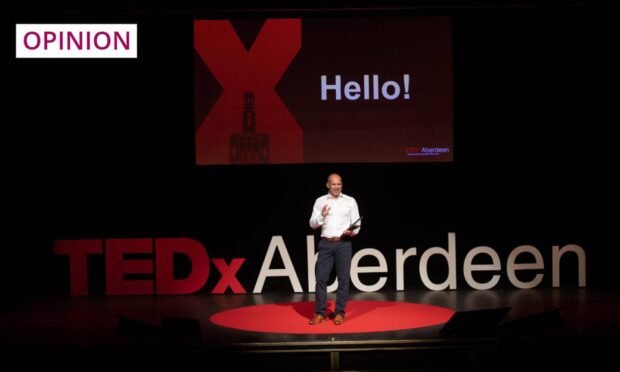No body donated to a Scottish medical school will ever be used for a public display, writes the University of Aberdeen’s head of anatomy, following a ‘saddening’ televised dissection.
The idea of watching a deceased individual being dissected in front of a public audience is likely pretty repulsive to most readers. However, the perception and law surrounding public dissection has changed significantly over the last 200 years.
The Murder Act of 1752 specified that convicted murderers should be hanged and publicly dissected. This was, at least in part, to ensure that hanging had been effective, and death, thereby, confirmed.
William Burke was one of the infamous “resurrection men”, who, together with William Hare, murdered and supplied bodies to Dr Knox in Edinburgh. Burke was tried, prosecuted and sentenced to hanging and public dissection. His skeleton is still displayed in the University of Edinburgh’s anatomy museum.
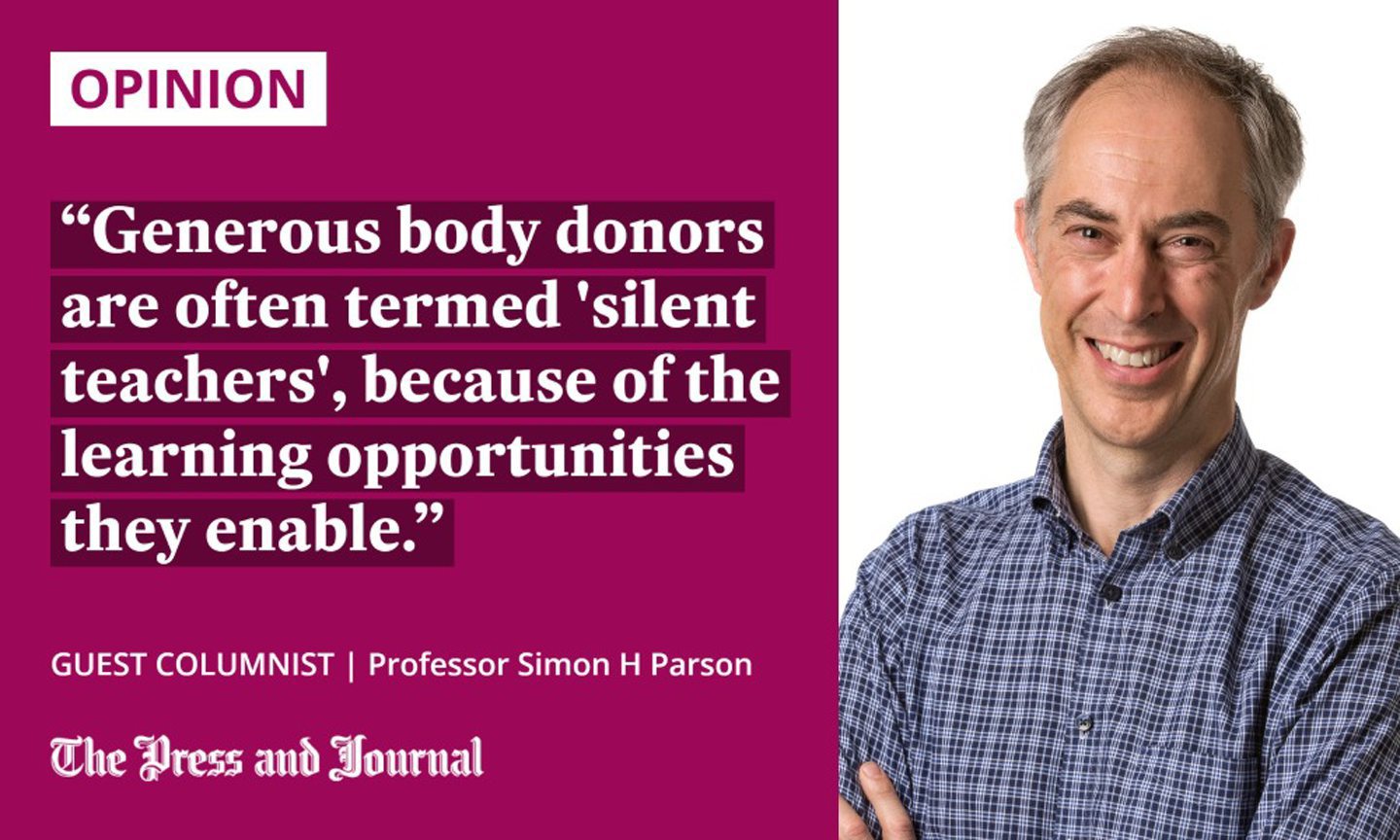
When the Anatomy Act was passed in 1832, public dissection was specifically prohibited in Scotland. This means that any filming and showing of dissection or carrying out dissection in any public setting is specifically prohibited.
The law was updated in 1985 and 2006, but this key tenet has remained, and is closely monitored. The Scottish Government appoints His Majesty’s Inspector of Anatomy in Scotland, to ensure adherence at the licensed anatomy facilities at each of the five Scottish medical schools.
Body donation is selfless and valuable
Body donors make enormously selfless and valuable donations to medical schools within Scotland. The licensed staff at these universities are focused on providing the appropriate care and support for our donors and their families.
The annual memorial service held at King’s College Chapel honours this, but we also have permanent memorials at Trinity Cemetery and Hazlehead Crematorium, as a mark of respect.
Generous body donors are often termed “silent teachers”, because of the learning opportunities they enable.
These opportunities allow us to deliver high-quality undergraduate education to healthcare and biomedical science students, but also training for qualified doctors, physicians and surgeons. Recently at the University of Aberdeen, we were able to train surgical colleagues from across NHS Grampian on a surgical robot.
Televised dissection was disappointing
Given the respect we have for our donors, many of us across Scotland were saddened to see a public dissection screened on Channel 4 on December 5. The young donor had given specific permission in advance for this procedure to occur.
The utmost care and respect will always be taken around any donation
We want to make it quite clear, in no uncertain terms, that no body donated to a Scottish medical school will ever be used for such a public display of dissection, whether in person, filmed or televised.
My colleagues and I wish to reassure the public, potential future donors, and the loved ones of past donors that the utmost care and respect will always be taken around any donation.
Professor Simon H Parson is regius chair and head of anatomy at the University of Aberdeen
